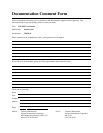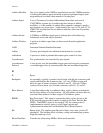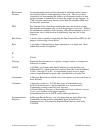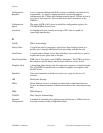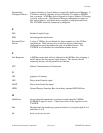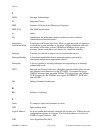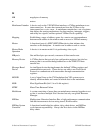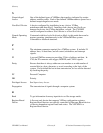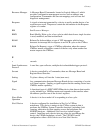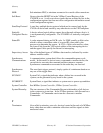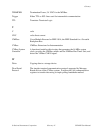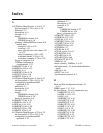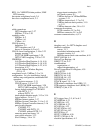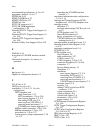Glossary
VXI-MXI User Manual Glossary-8 © National Instruments Corporation
N
Nonprivileged One of the defined types of VMEbus data transfers; indicated by certain
Access address modifier codes. Each of the defined VMEbus address spaces has a
defined nonprivileged access mode.
Non-Slot 0 Device A device configured for installation in any slot in a VXIbus
mainframe other than Slot 0. Installing such a device into Slot 0 can
damage the device, the VXIbus backplane, or both. The VXI-MXI
can be configured as either a Slot 0 device or a Non-Slot 0 device.
Normal Operating Contrasted with Interlocked Arbitration Mode; in this mode there can be
Mode masters operating simultaneously in the VXIbus/MXIbus system.
Vulnerable to deadlock situations.
P
P1 The minimum connector required for a VMEbus system. It includes 24
address lines, 16 data lines, and all control, arbitration, and interrupt
signals.
P2 A second VMEbus connector providing 32 bits of address and data. In
VXI, the P2 connector adds trigger, MODID, and CLK10 signals.
Parity Ensures that there is always either an even number or an odd number of
asserted bits in a byte, character, or word, according to the logic of the
system. If a bit should be lost in data transmission, its loss can be detected
by checking the parity.
PC Personal Computer
PRI Priority
Privileged Access See Supervisory Access.
Propagation The transmission of signals through a computer system.
R
Read To get information from any input device or file storage media.
Register-Based A Servant-only device that supports VXIbus configuration registers.
Device Register-Based devices are typically controlled by Message-Based devices
via device-dependent register reads and writes. The VXI-MXI is a
Register-Based device.



